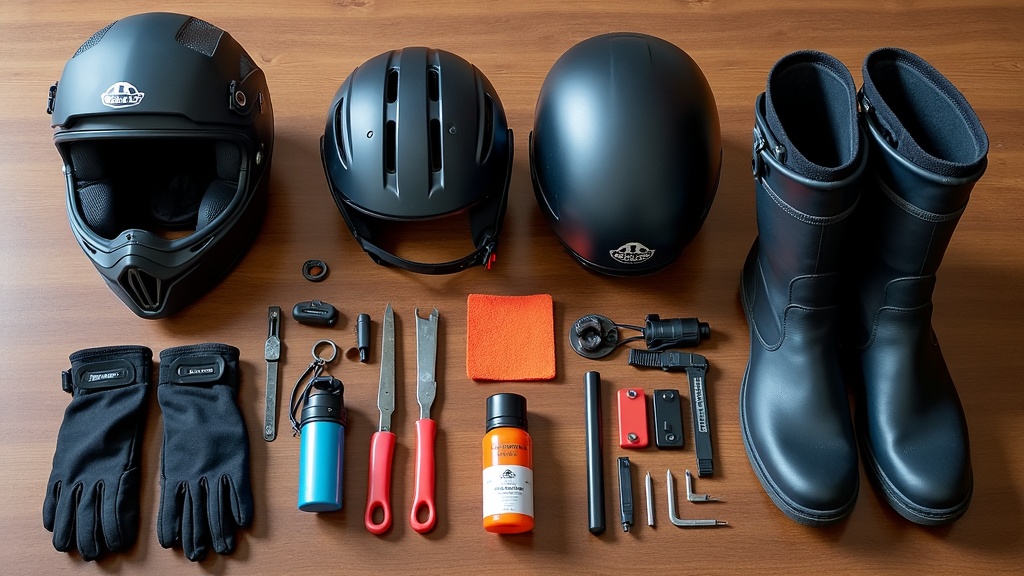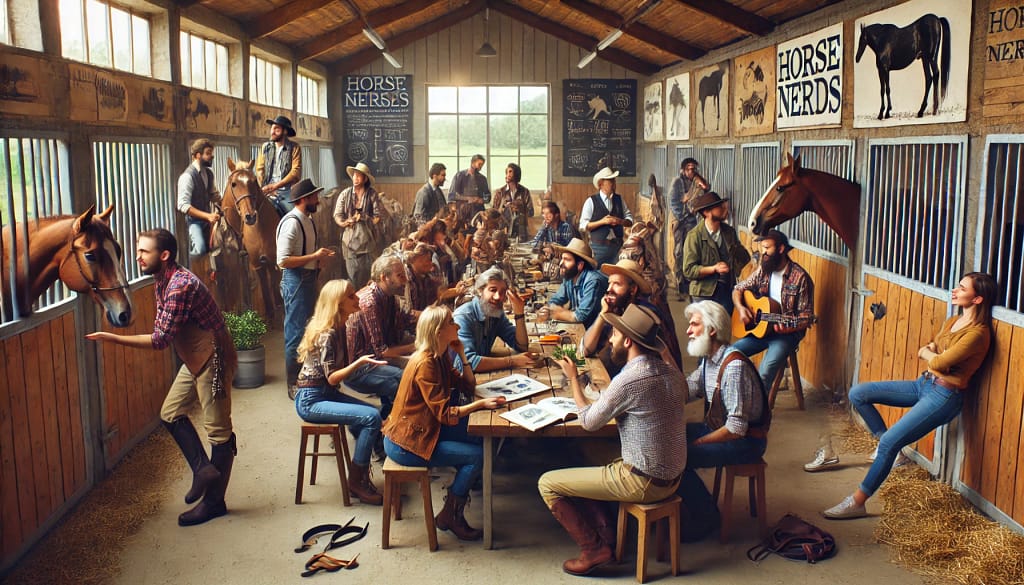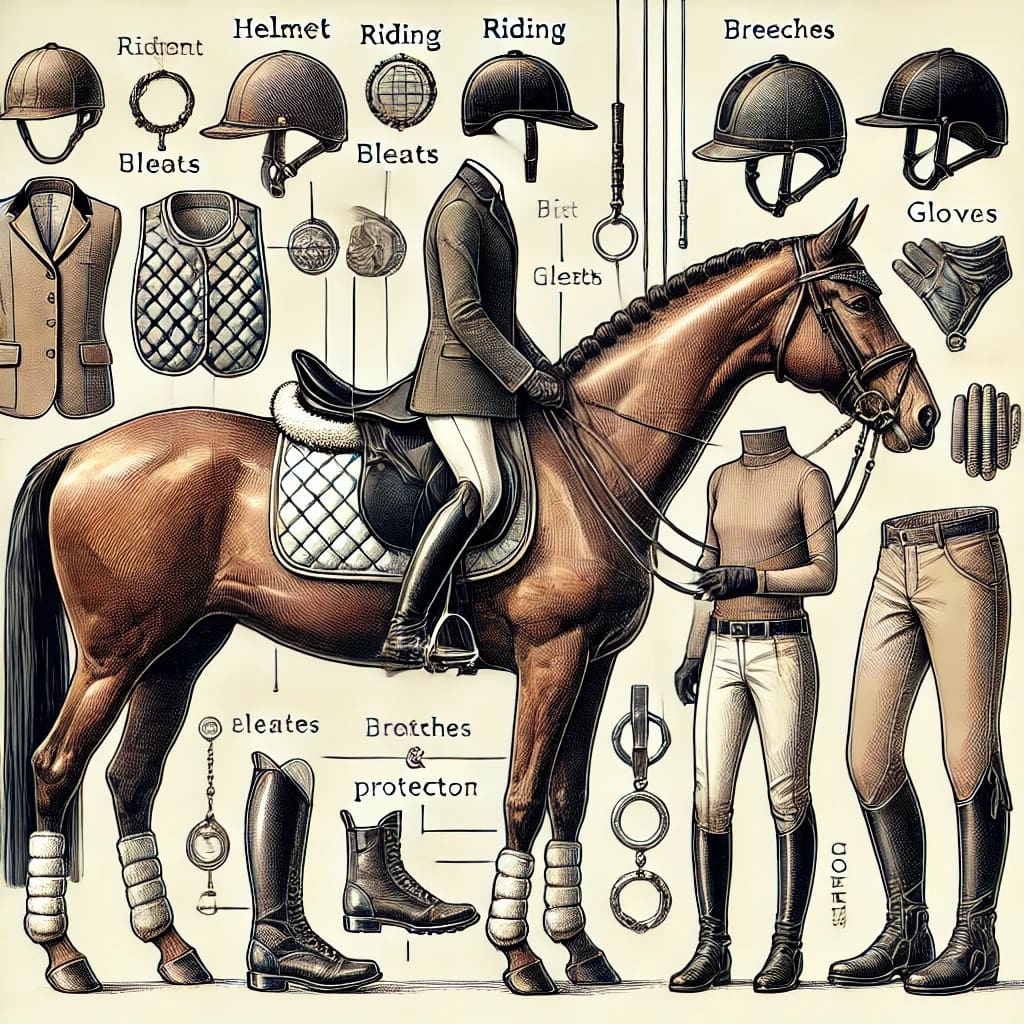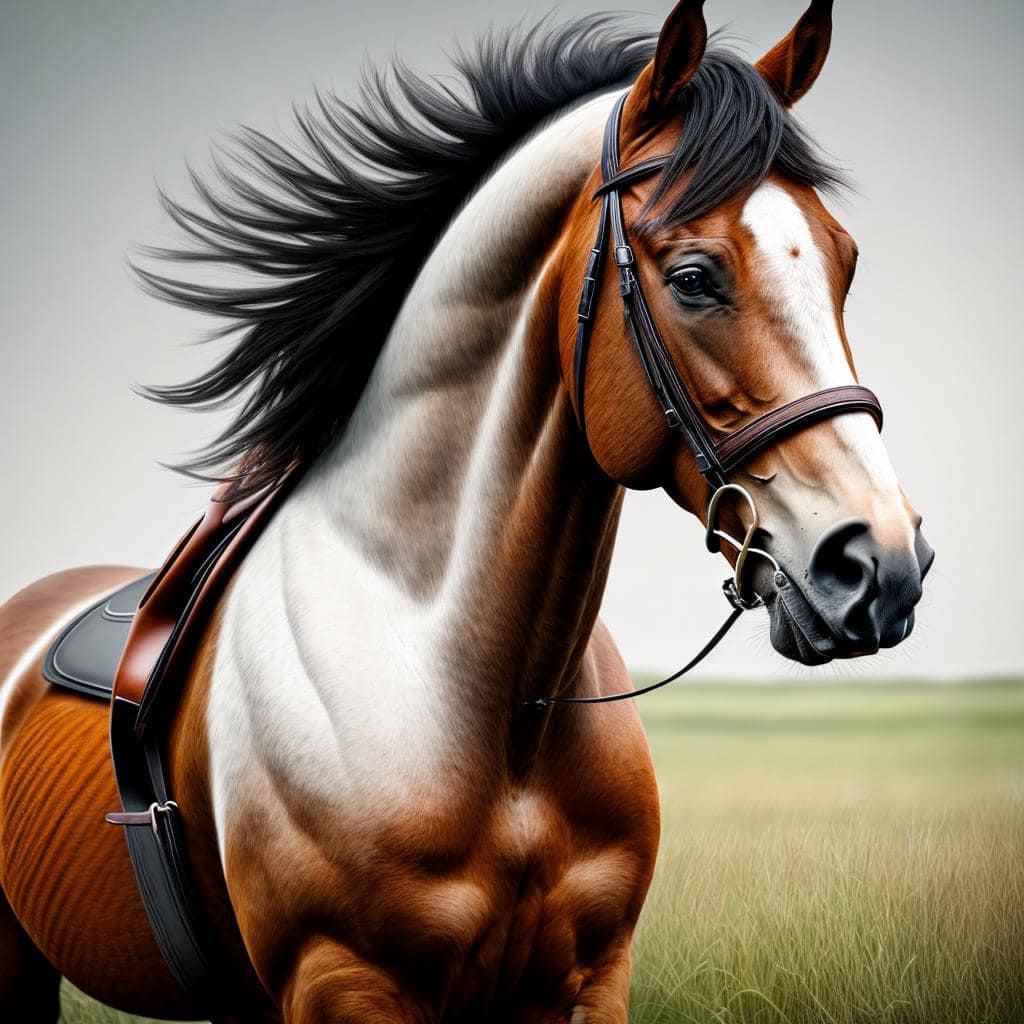
Top Equipment Essentials For Beginner Riders
Getting started with riding, whether it’s motorcycles, bicycles, or equestrian sports, can be a fun and challenging experience. When I started riding, I found there was a lot more to it than just learning the skills. Having the right equipment made the process smoother, safer, and a lot more enjoyable. In this article, I’ll share my go-to list of equipment essentials every beginner rider should consider. Each piece of gear on this list helped boost my confidence and kept me prepared for whatever came my way during my early rides.
Starter Equipment? What Beginner Riders Really Need
Jumping into riding without the right gear can lead to discomfort, safety issues, or an unpleasant first experience. Over the years, I’ve seen more beginners stick with the activity when they feel supported and secure. The riding equipment industry is huge, covering everything from safety gear to comfort add-ons and maintenance kits. The right setup doesn’t have to cost a fortune; a bit of careful research helps buyers make informed decisions for their style and needs.
Understanding the basics of what you actually need helps avoid overspending or missing out on gear that matters. Riding, no matter the style, asks for equipment that balances protection, comfort, and practicality. Safety standards keep getting better, making gear smarter and lighter. Some basics, however, remain unchanged. Knowing these basics made my first months of riding much less stressful and more rewarding.
Deciding Which Riding Style You’re Into
Different riding activities call for specific gear. I learned quickly that what worked for mountain biking didn’t translate to street cycling, and horseback riding required a totally different approach. Here are some main styles and how the essentials may differ:
- Bicycling: Mountain, road, or hybrid bikes all benefit from well-ventilated helmets, padded gloves, and reflective wear.
- Motorcycling: Here, DOT or ECE rated helmets, armored jackets, sturdy gloves, and reinforced boots are super important. Visibility and protection are key.
- Horseback Riding: ASTM/SEI certified helmets, tightfitting boots, and comfortable pants (like breeches) help prevent falls and injuries.
While some gear overlaps across these categories, checking out what works best for your chosen activity can save you headaches and money. I found that borrowing or renting some items helped me decide what I liked best before buying my own.
Your First-Timer’s Riding Gear Checklist
Here’s my breakdown of what I consider equipment essentials for nearly every beginner rider. These items cover safety, comfort, and practicality, helping you avoid the typical pitfalls that can slow your progress.
- Helmet: This is the single most important piece of gear for any rider. Always look for certified helmets (like DOT, CPSC, or ASTM) that offer proper fit and ventilation. Never skip wearing one, even on casual rides.
- Gloves: Good gloves protect hands from cold, blisters, and falls. For bicyclists and motorcyclists, reinforced palms add comfort over long rides and improve grip. For equestrians, gloves provide rein control and protect from chafing.
- Footwear: Closedtoe shoes or purposemade boots are important for grip and protection. Bike riders may use stiffsoled cycling shoes, while motorcyclists and horseback riders need boots with ankle support and slipresistant soles.
- Protective Jacket or Vest: Riders on motorcycles benefit from armored jackets; cyclists often use windbreakers with reflective panels. Horseback riders can add safety vests for extra protection, especially when jumping or trail riding.
- Padded Shorts or Pants: For long rides, bicyclists can benefit from padded shorts, while motorcyclists and equestrians should look for pants with reinforced or padded areas. These help reduce soreness and improve comfort.
- Eye Protection: Sunglasses or goggles shield eyes from sun, wind, road debris, and bugs. Many motorcycle helmets come with built-in visors, but separate goggles or sunglasses are handy for other types of riding.
- Reflective Gear: Being seen is super important for early morning or evening rides. I always use reflective bands, jackets, or lights, especially on roads.
- Hydration Pack or Water Bottle: Staying hydrated prevents fatigue and helps keep me focused. Compact hydration packs and easy to carry bottles have made a big difference during long rides.
- Basic Repair Kit: For bikes and motorcycles, a compact kit with a multitool, tire levers, spare tubes (for cyclists), and a mini pump helps in case of breakdowns. Equestrians should have a hoof pick and small firstaid bundle handy.
I always found that starting simple let me focus on riding skills, then expand my kit as my needs and experience grew.
Common Gear Mistakes Beginners Make (and How I Avoided Them)
It’s easy to get overwhelmed by the amount of gear on the market. When I first started, I either overpacked unnecessary things or forgot some basics. Here are some pitfalls and how I learned to avoid them:
- Poor Fitting Gear: Always try on helmets, gloves, and shoes before buying. Illfitting gear leads to distractions, discomfort, or even injuries. Shops with good return policies or sizing help are worth seeking out.
- Skipping Safety for Style: Some gear looks great but cuts corners on safety features. I always check for safety certifications and reviews before buying. Bright colors and reflective options score points for being noticed in traffic or low light, no matter the style.
- Ignoring the Weather: Dressing for the wrong temperature or weather type made my early rides miserable. Layering and weatherproof gear, like rain jackets or insulated liners, helped me stay comfortable and focused.
- Too Much, Too Soon: I started with just the essentials instead of buying a full gear lineup. Starting basic and slowly upgrading with experience and advice from other riders helped me avoid buyer’s remorse.
How I Maintain and Store My Gear
Keeping gear in good shape not only saves money but also keeps everything ready for that next ride. Here are some habits I stick to:
- Regular Checks: Inspect helmets, straps, fasteners, and padding for wear or damage before every ride. Gloves, boots, and pants can develop tears or loose stitching, which I handle right away.
- Clean After Every Ride: Sweat, dirt, and moisture can do a number on your gear. I either brush off mud or toss clothing in the wash using gentle detergents. For helmets, removable liners that are easy to clean are a big bonus.
- Dry Storage: Hanging gear to dry, then storing in a cool, dry place, helps me avoid mold smells and cracks in materials.
- Update or Replace: I replace helmets after impact, gloves when the padding wears thin, and shoes or boots once the grip fades. Keeping on top of replacements is really important for safety.
Good habits like these mean I can count on my kit, and it stays comfortable from one season to the next.
Frequently Asked Questions for Beginners’ Riding Gear
I get a lot of questions about starting gear. Here are some common ones that came up when I was just starting out. Here’s what I learned along the way:
Q: Do I really need to spend a lot right away?
A: You don’t need to buy topshelf gear when you’re just starting. Make sure the basics fit you well and meet safety standards, then upgrade as you stumble upon what you like or need.
Q: How do I know if a helmet or boots fit properly?
A: Helmets should feel snug but not too tight, sitting level on your head with no painful spots. Boots should be comfortable to walk in with no rubbing, and feet shouldn’t move around inside. Ask store staff or riding buddies if you’re unsure.
Q: What should I always carry on a ride?
A: I always bring my helmet, hydration, ID, some cash, a phone, and a small repair kit or basic horse care tools, depending on the activity. On longer rides, layering pieces and snacks make a big difference too.
How the Right Gear Makes a Difference
The right gear doesn’t just give a boost to confidence; it helps make every ride safer and more enjoyable. From my own rides, I noticed that comfortable, wellchosen equipment lets you focus on the experience instead of distractions or discomfort. For me, switching to padded gloves and a good helmet ended hand pain and made long routes so much simpler, letting me really enjoy riding.
Gear that fits your individual needs also makes it easier to stick with the activity in the long run. Over time, I’ve found that prioritizing safety, comfort, and maintenance habits paid off in better experiences and saved money on avoidable injuries or gear replacements.
Getting your starter setup right is a huge win for any beginner. As you ride more, your preferences and needs may change. So start smart, stay safe, and enjoy the adventure!
Shop tips
Protective earbuds for horse riding on amazon
Protective eyewear for horse riding on amazon
Helmets for horse riders on Amazon
Build Your Business and Learn Affiliate Marketing
See you there!
Our Unique Value Propositions
Discover why Chwals GPT is the top choice for equestrians looking to build their online presence (register for free)
Tailored Equestrian Expertise – Community Connection – Intuitive User Experience



